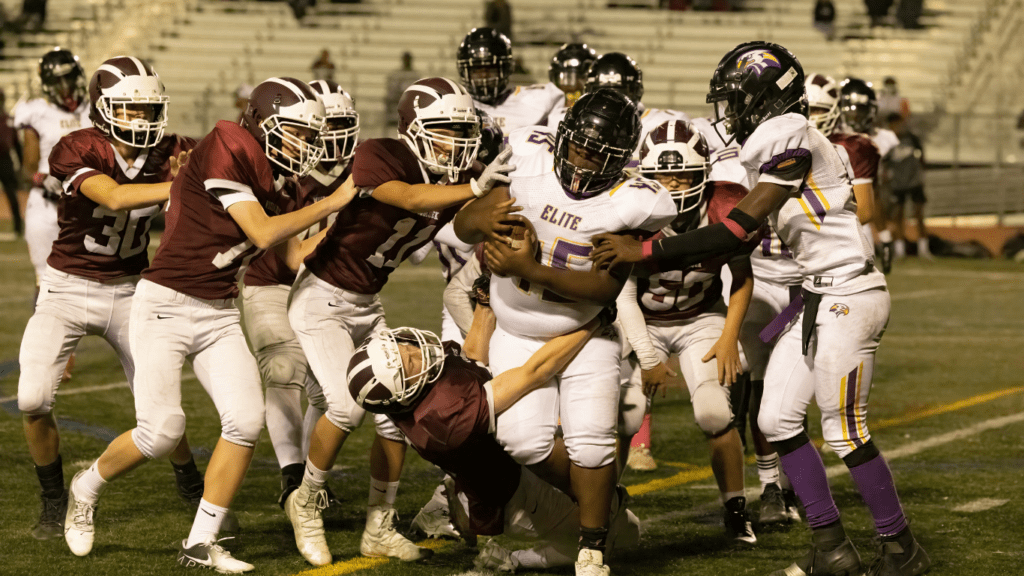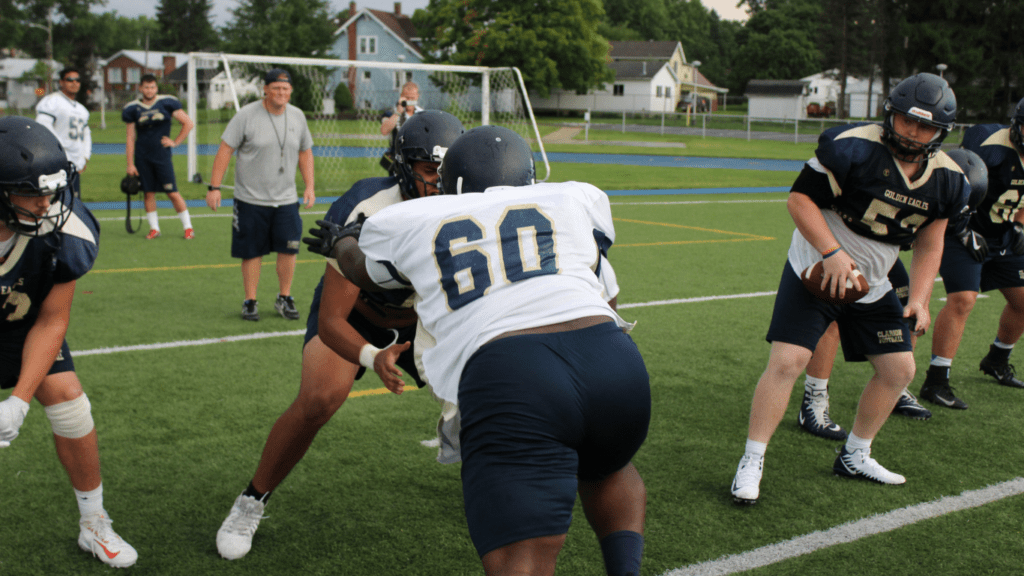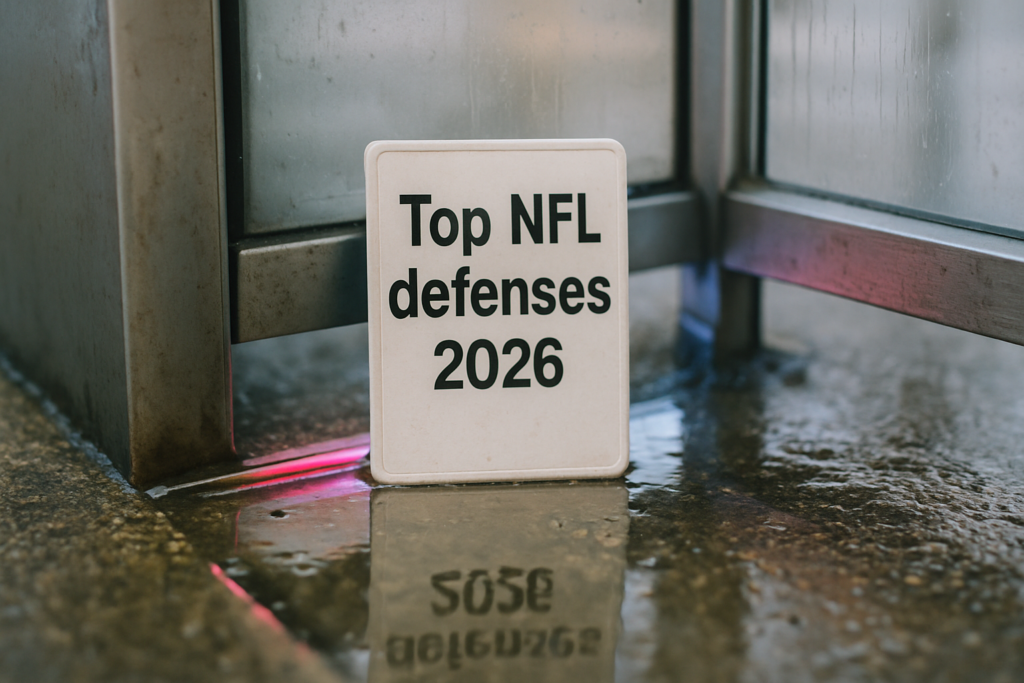As an avid follower of NFL games, I’ve always been fascinated by how coaching changes can significantly influence a team’s performance on the field. In the fast-paced and competitive world of professional football, the role of a coach goes beyond just calling plays; it can shape the entire trajectory of a team’s season.
From strategic decisions to player motivation, a new coach can breathe fresh life into a struggling team or bring stability to a successful one. In this article, I’ll delve into the intricate dynamics of coaching changes in the NFL and explore how these transitions can make or break a team’s season.
By analyzing past examples and trends, we can uncover valuable insights into how coaching changes impact player morale, team chemistry, and ultimately, the win-loss record. So, buckle up as we navigate the high-stakes game of coaching changes in the NFL and uncover the hidden factors that determine a team’s success.
Analyzing the Impact of Coaching Changes on NFL Teams’ Performance
Exploring the effect of coaching changes on NFL teams provides valuable insights into the league’s competitive landscape. As I delve into past instances of such transitions, it becomes evident that a new coach can profoundly influence various aspects of a team’s performance beyond just strategic decisions.
The dynamics of player morale, team cohesion, and ultimately, the win-loss records are intricately linked to these shifts in leadership. By examining historical data and outcomes, we can better understand the critical components that shape a team’s success in the context of coaching changes.
Factors Influencing the Outcome of Coaching Changes
In examining the impact of coaching changes on NFL teams, it is crucial to consider several key factors that significantly influence the outcomes of such transitions.
Player Dynamics and Performance
Player dynamics play a pivotal role in how coaching changes affect NFL teams’ performance. When a new coach takes charge, players may experience shifts in roles, strategies, and motivational approaches, which can directly impact their individual and collective performance on the field.
Adapting to a new coaching style and philosophy can either enhance or disrupt players’ consistency and effectiveness, ultimately influencing the team’s overall success.
Leadership and Team Dynamics
Leadership and team dynamics are fundamental aspects that are profoundly influenced by coaching changes in the NFL. A new coach brings a unique leadership style, vision, and communication approach to the team, which can either align well with the existing team dynamics or create discord within the ranks
. Effective leadership fosters trust, unity, and motivation among players, leading to improved cohesion and performance. Conversely, a mismatch in leadership can lead to conflicts, lack of direction, and ultimately, a decline in team synergy and results.
Case Studies of Successful Coaching Changes in the NFL
Exploring successful coaching changes in the NFL reveals compelling insights into how strategic transitions can significantly impact a team’s performance. Let’s delve into a few notable case studies that demonstrate the transformative power of coaching changes in the league.
- Sean McVay – Los Angeles Rams: Sean McVay took over as the head coach of the Los Angeles Rams in 2017 at just 30 years old. His innovative offensive strategies revitalized the team, leading to an immediate turnaround in performance. Under McVay’s guidance, the Rams advanced to the playoffs, showcasing a dynamic and high-scoring offense.
- Bruce Arians – Tampa Bay Buccaneers: Bruce Arians’ appointment as the head coach of the Tampa Bay Buccaneers in 2019 marked a significant change for the franchise. Known for his bold play-calling and quarterback-friendly schemes, Arians instilled a winning mentality in the team.
- John Harbaugh – Baltimore Ravens: John Harbaugh took over as the head coach of the Baltimore Ravens in 2008, ushering in a new era of success for the franchise. Known for his disciplined approach and emphasis on player development, Harbaugh transformed the Ravens into a perennial contender.
These case studies illustrate how strategic coaching changes can elevate NFL teams to new heights of success by fostering a culture of excellence, maximizing player potential, and driving performance improvements across all facets of the game.
Challenges Faced by Teams After Coaching Changes
Exploring the aftermath of coaching changes in the NFL unveils a series of challenges that teams often encounter during transitional phases. The adjustment period following a new coaching regime can be a testing time for players, coaching staff, and the overall team dynamics.
- Transition Period Struggles: Transitioning from the familiar routines and strategies of the previous coach to a new system can disrupt the team’s equilibrium. Players may need time to adapt to the new playbook, coaching style, and overall philosophy introduced by the incoming coach. This adjustment phase can lead to initial performance dips as the team acclimates to the changes.
- Player Morale and Confidence: Coaching changes can impact player morale and confidence, especially if the outgoing coach was highly regarded by the team. Players may experience uncertainty about their roles, playing time, and the direction of the team under the new coaching staff. Maintaining high morale and confidence among players during this period is crucial to sustaining performance levels.
- Team Chemistry Challenges: The shift in coaching can also disrupt the team chemistry that had been cultivated under the previous coach. Building rapport, trust, and communication within the team may take time under the new leadership. Ensuring that players align with the coaching staff’s vision and work cohesively towards common goals is essential to overcoming challenges related to team chemistry.
- Performance Expectations and Pressure: With coaching changes often come new performance expectations and heightened pressure to deliver results. Players may feel the weight of increased expectations from both the new coaching staff and fans. Managing performance pressure while adjusting to new systems and strategies can be a significant challenge for teams undergoing coaching changes.
Navigating these challenges effectively is essential for teams looking to overcome the hurdles associated with coaching transitions and maintain a competitive edge in the NFL landscape.






